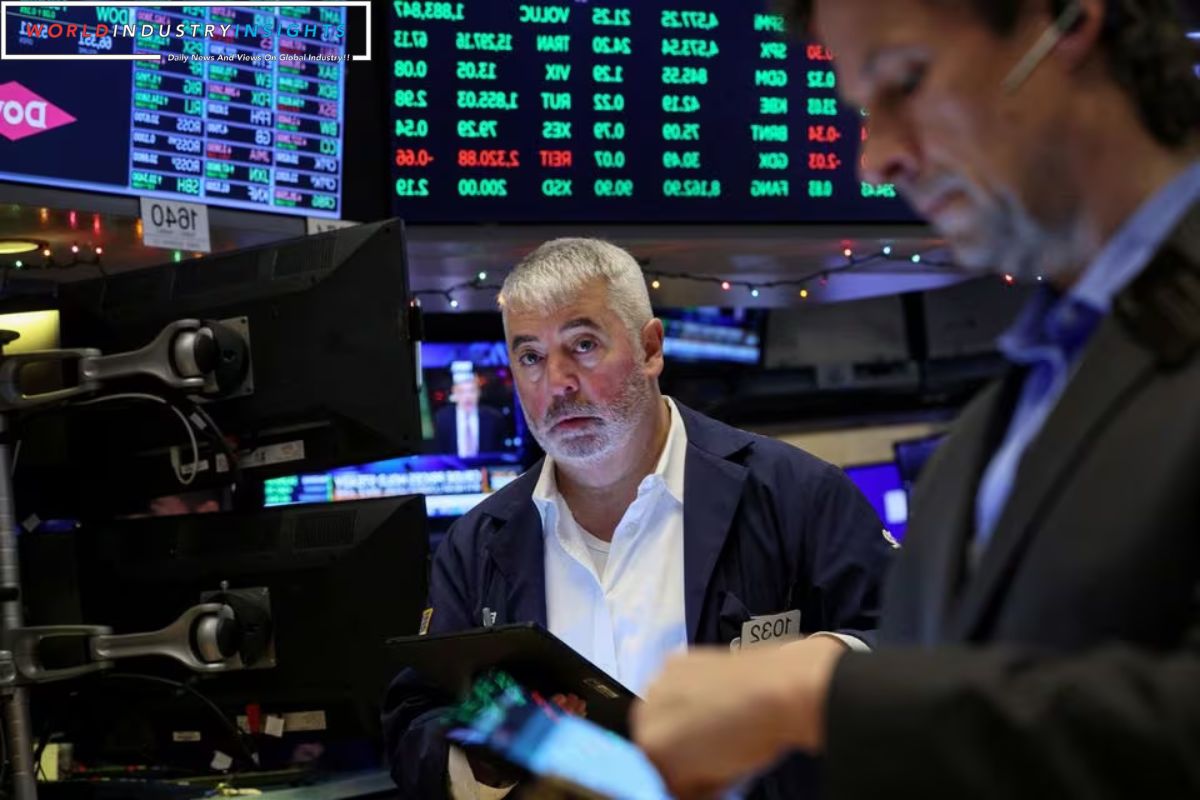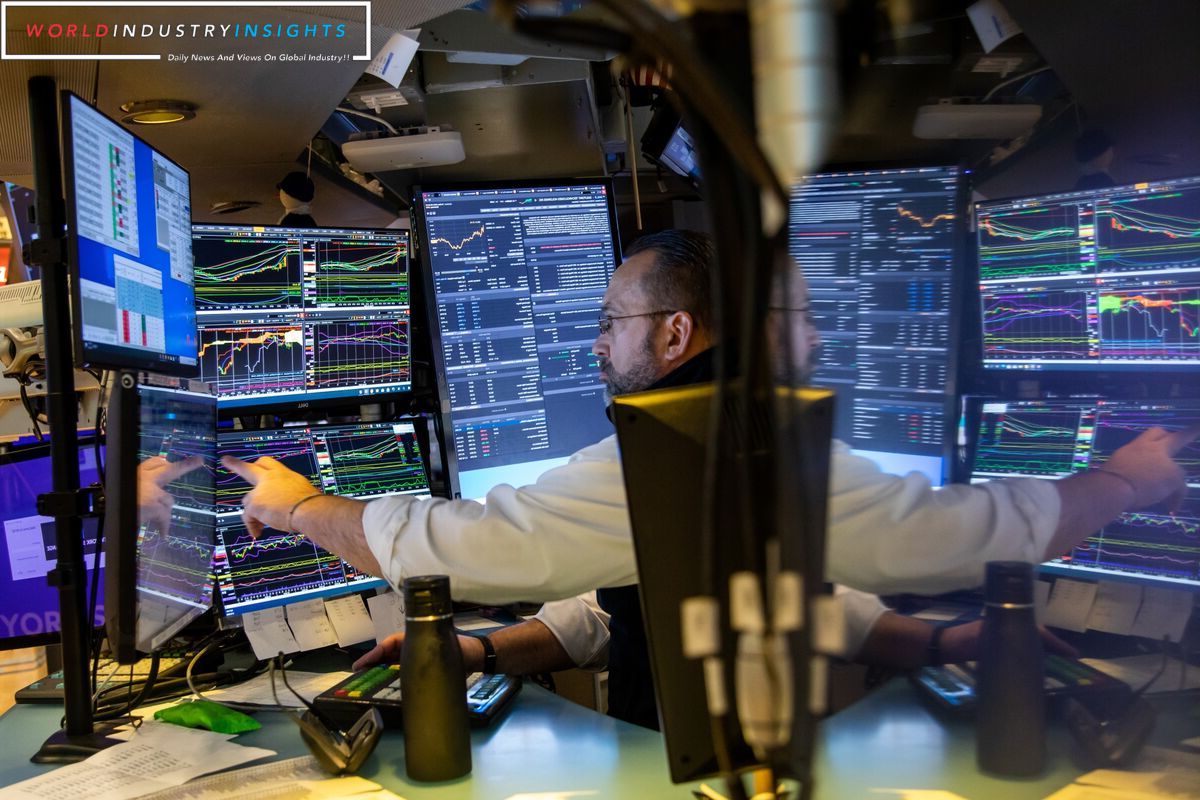Options Frenzy: Options traders, gearing up for the largest recorded expiration of S&P 500-linked derivatives, are influencing U.S. stock stability, say market insiders. Approximately $5 trillion in U.S. stock options, with 80% linked to the S&P 500, are set to expire this Friday, marking the most significant expiration in at least two decades, notes Asym500 MRA Institutional. While such events often escalate volatility, analysts observe that traders’ actions before this expiration are muting stock fluctuations, potentially contributing to the recent narrow trading range.
The S&P 500 has posted a 21% gain this year, with a nearly 13% surge since October. Despite this, recent market movements have been notably subdued. The benchmark index hasn’t experienced a move exceeding 1% in either direction for 19 consecutive sessions, the longest streak since early August. Simultaneously, the Cboe Volatility Index (VIX) is at 12.07, approaching a four-year low. The 10-day realized volatility for the S&P 500 stands at 6.8%, contrasting with the high of 22.5% in March during a regional banking crisis.
The positioning of options dealers, serving as intermediaries in derivative transactions, is a key factor in constraining stock swings. Options trading volume, heading for a record year, with an average daily volume of 44 million contracts, is driven partly by the popularity of ETFs selling options to generate income, doubling in size in 2023 to control about $60 billion.
Also Read: Market Optimism Soars: Feds Caution and Economic Signals Propel U.S. Stocks Higher
These ETFs’ robust options selling has left dealers heavily invested in options contracts approaching the year’s final expiration. Dealers, holding a net long “gamma,” continuously adjust stock futures positions to maintain neutrality during market rallies or declines. This dynamic buying and selling, coupled with the substantial options set to expire, is seen as a factor keeping stocks within a tighter trading range.
Nomura strategist Charlie McElligott suggests that dealers’ positioning is likely to prevent a significant selloff before year-end. Participants attribute the subdued stock moves to various factors, including volatility targeting funds, commodity trading advisers, and the VIX’s tendency to remain subdued after reaching its lower trading range.
As the Federal Reserve‘s meeting approaches, where unchanged rates are expected, investors eagerly await hints on potential rate cuts, a prospect that has fueled this quarter’s stock rally. Analysts anticipate that the expiration might loosen the options market’s influence on stocks, potentially leading to increased volatility. This situation mirrors events from two years ago, where a substantial options expiration initially tamed volatility, followed by a 3% rally in the last two weeks of the year post-December expiration, according to Brent Kochuba, founder of options analytic service SpotGamma.
Our Reader’s Queries
Has anyone gotten rich from options trading?
Options trading has the potential to bring in significant wealth, but only if you have a solid grasp of the process, invest wisely, and perhaps have a bit of good fortune on your side. It’s important to note that options trading can also result in losses, so it’s crucial to conduct thorough research before diving in. Calls and puts are the two main types of options to consider. By understanding the ins and outs of options trading, you can increase your chances of success and potentially reap the rewards.
Are options riskier than stocks?
When it comes to investing, options can offer a higher potential for both risk and reward compared to stocks. However, it’s important for investors to weigh the pros and cons before diving in. Understanding the benefits and drawbacks of options can help make informed decisions and minimize potential losses.


